Carbon nanotubes derived from waste carbon dioxide form an unexpected yellow-white plasma when microwaved, new research shows.1 Stuart Licht and colleagues from George Washington University in the US discovered that the microwave-driven plasma purifies the nanotubes – by oxidising impurities including metals, electrolytes and amorphous carbon – and is more effective than conventional purification methods, under much less demanding conditions.
Plasma is the fourth state of matter and is often referred to as an electrified gas. A plasma will form when a neutral gas is heated to the point where electrons are freed from their atoms. These free electrons allow current to flow through the gas so that it reacts to both electric and magnetic fields. Plasmas have many applications across materials science, medicine and manufacturing, however, specialised equipment is usually needed to maintain the plasma state.
The mostly widely used method for synthesising carbon nanotubes and other graphene nanocarbons is chemical vapour deposition, which requires substantial energy and material, and produces large quantities of carbon dioxide emissions. In 2009, Licht showed that a molten carbonate electrolysis method could be a more sustainable alternative. It involved directly splitting carbon dioxide into oxygen gas and carbon in the form of graphene nanocarbons.2
Now, Licht’s group has employed molten carbonate electrolysis to convert carbon dioxide into carbon nanotubes. Microwaving these carbon nanotubes in a regular microwave oven ignites a striking yellow-white plasma within seconds and reaches temperatures exceeding 800°C.
Interestingly, the plasma was only observed with carbon nanotubes created directly from carbon dioxide and not those made via chemical vapour deposition. The group thinks this stems from the molten carbonate electrolysis technique incorporating transition metals, which enhance the electrical conductivity and magnetic properties of the carbon nanotubes – allowing them to absorb microwave energy more efficiently. These carbon nanotubes are then able to reach temperatures high enough for electrons to become free and the plasma to form.
References
1 G Licht, K Hofstetter and S Licht, Nanoscale, 2025, 17, 9279 (DOI: 10.1039/d4nr04097j)
2 S Licht, J. Phys. Chem. C, 2009, 113, 16283 (DOI: 10.1021/jp9044644)


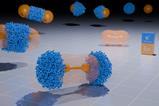

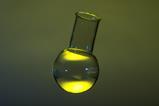
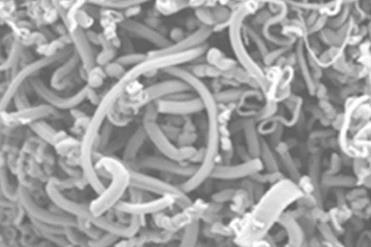
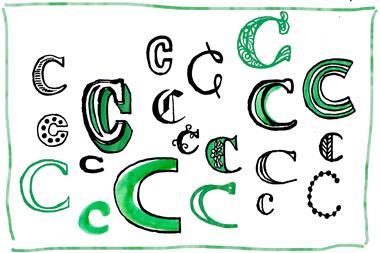
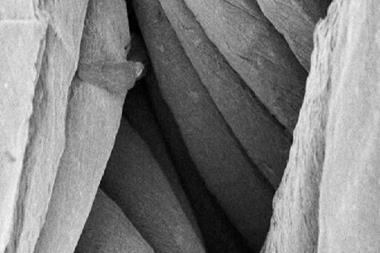
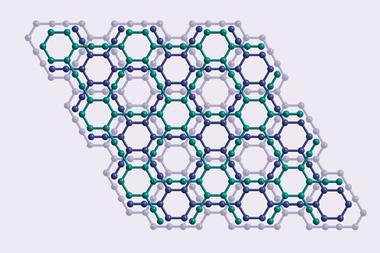
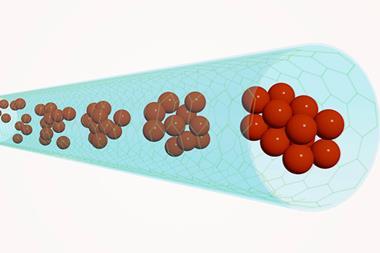
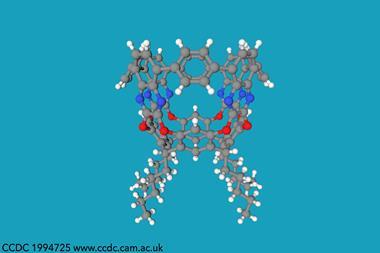


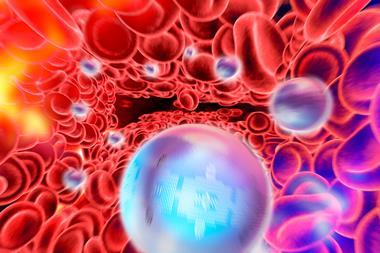
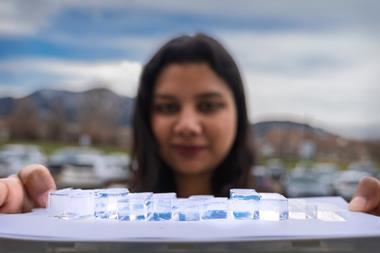

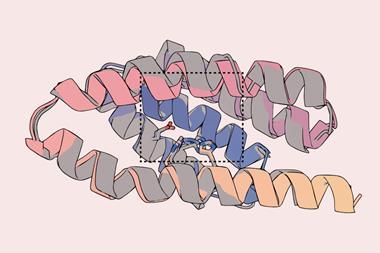
No comments yet